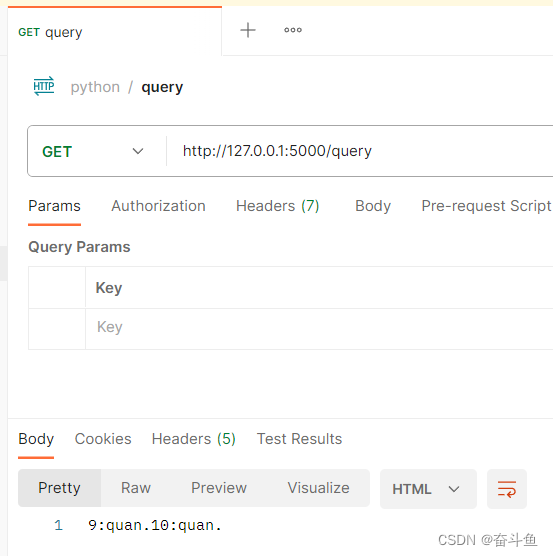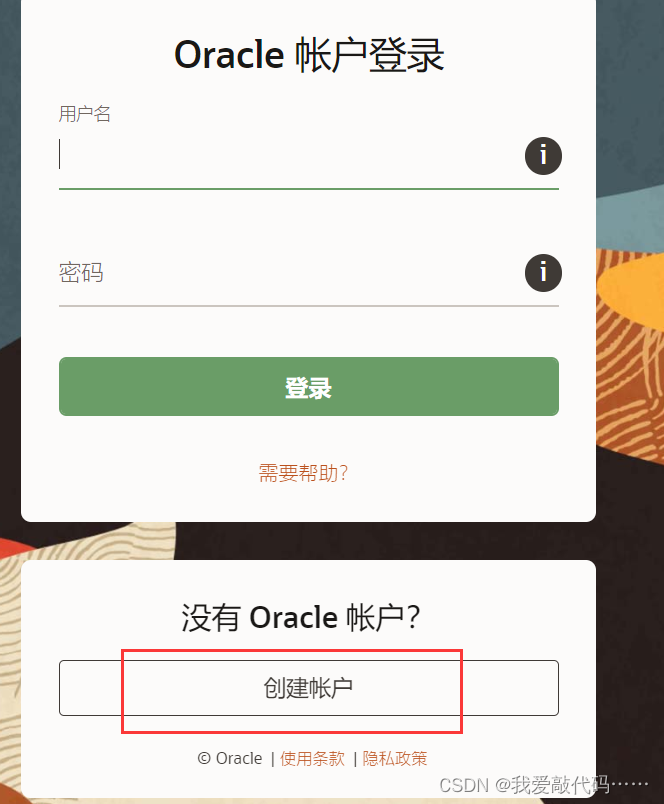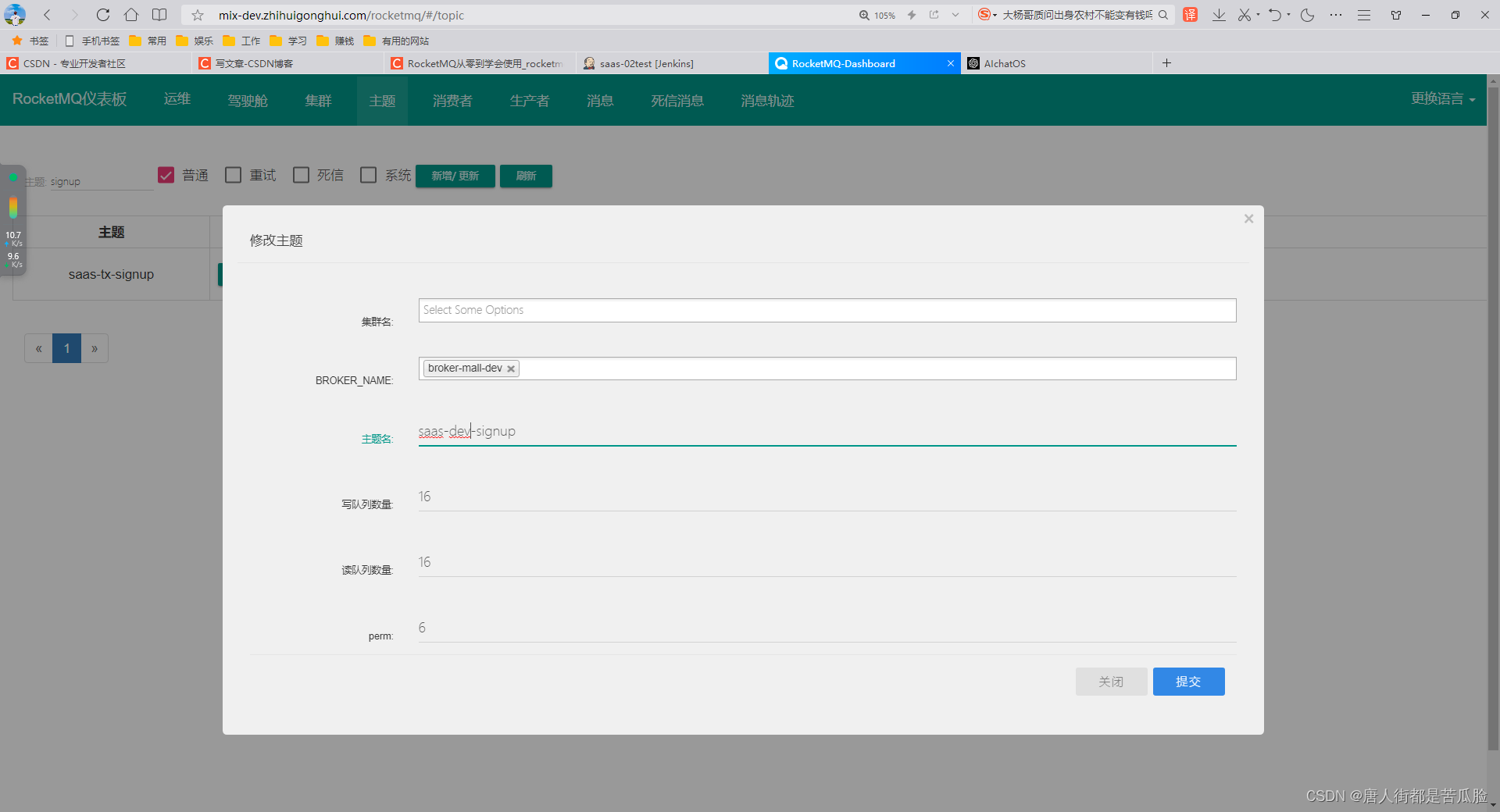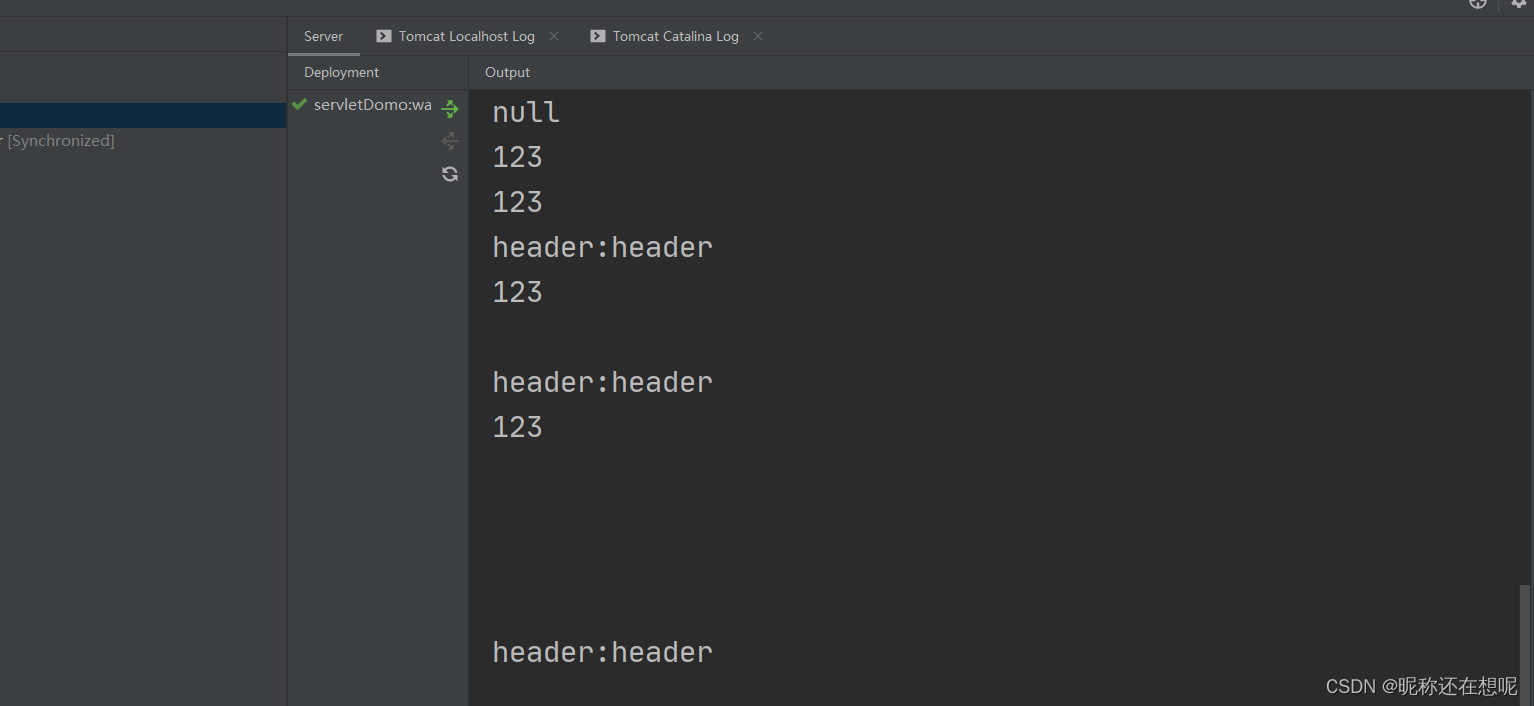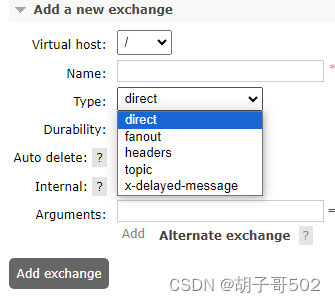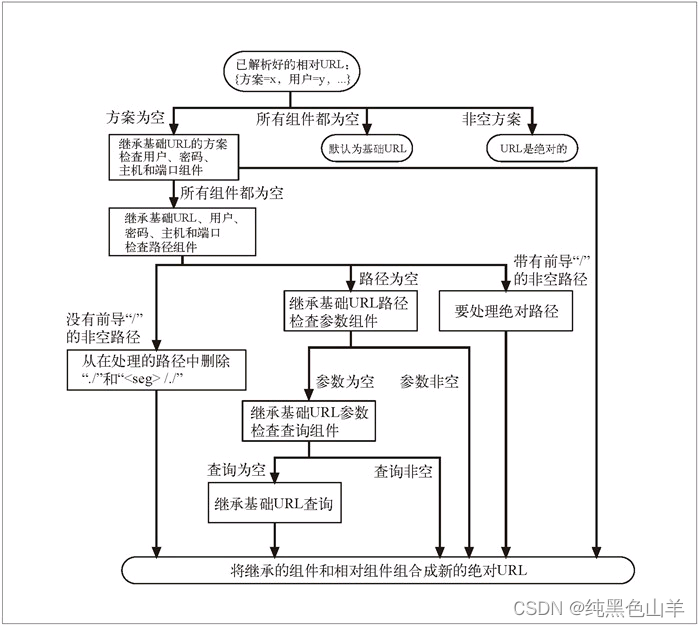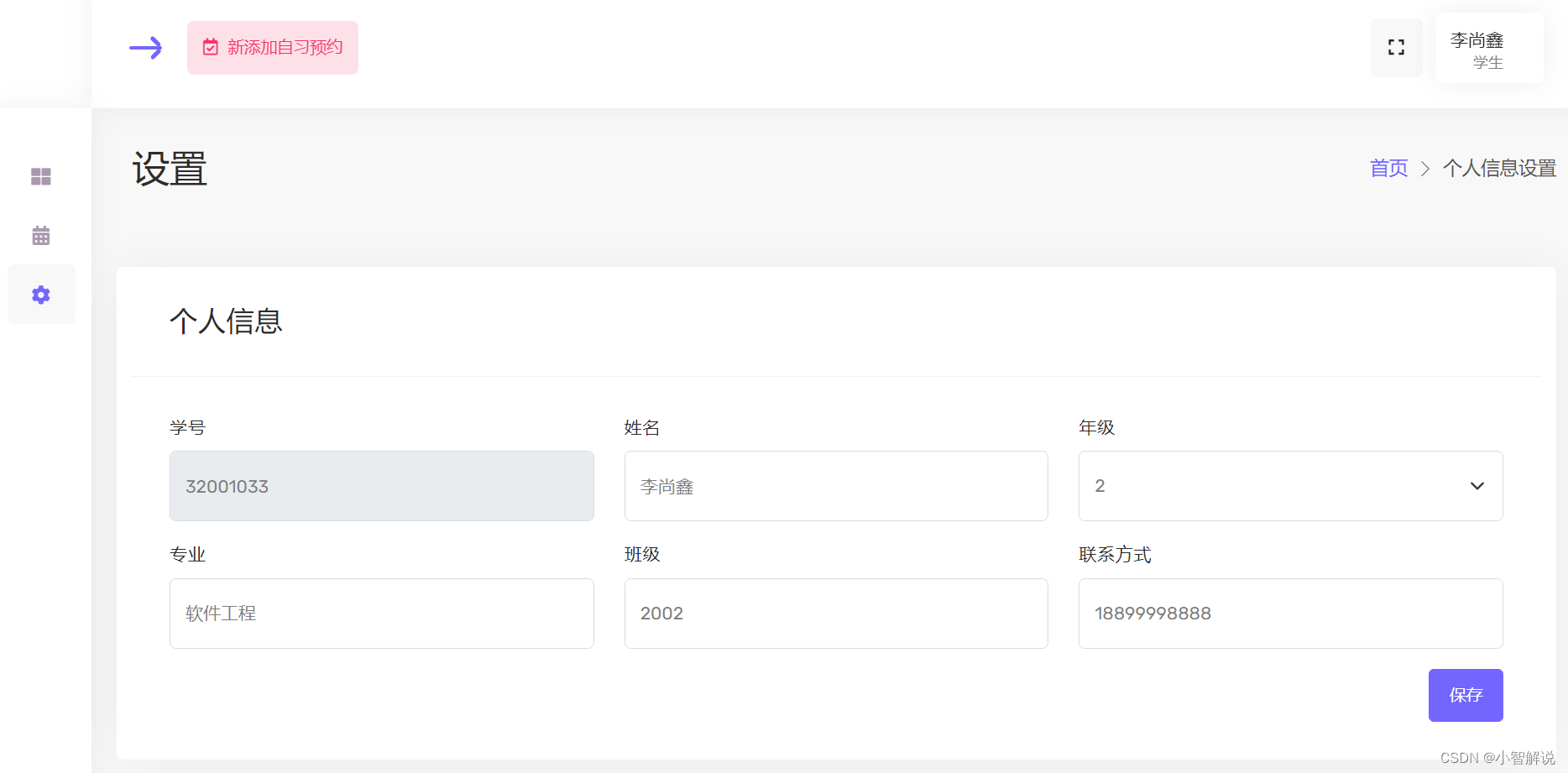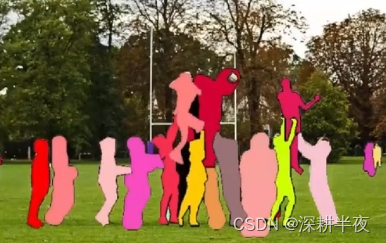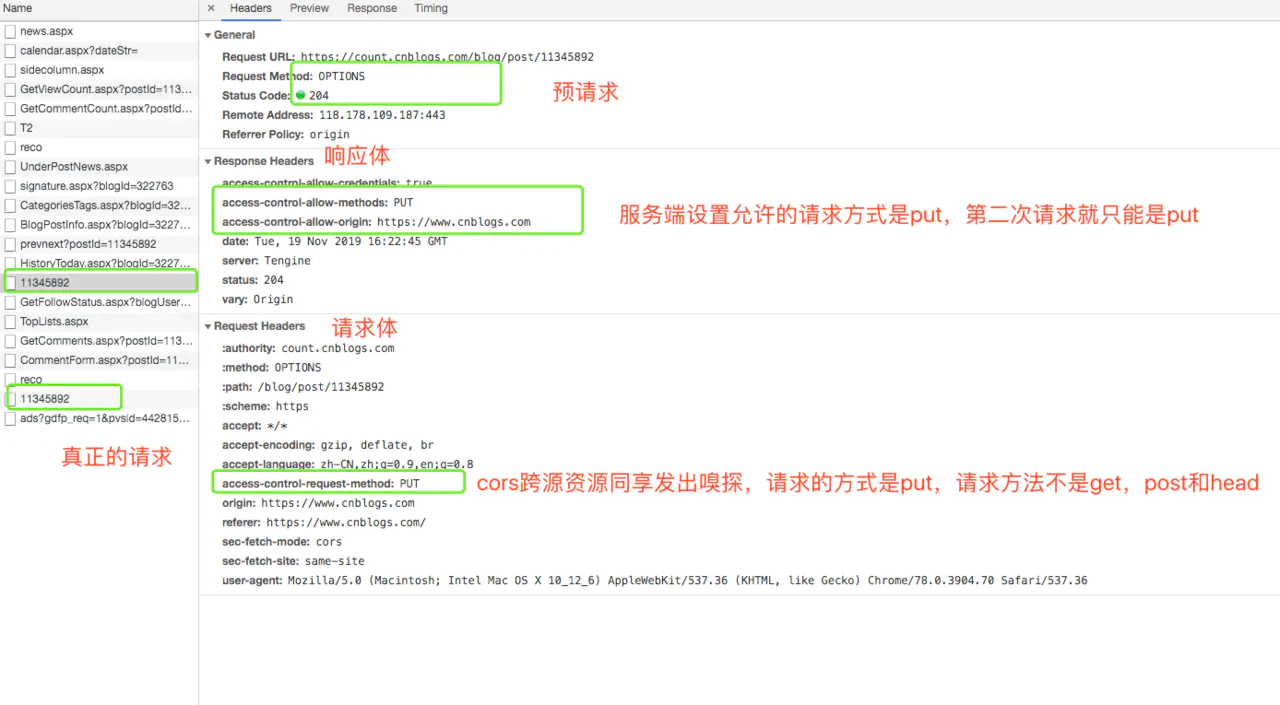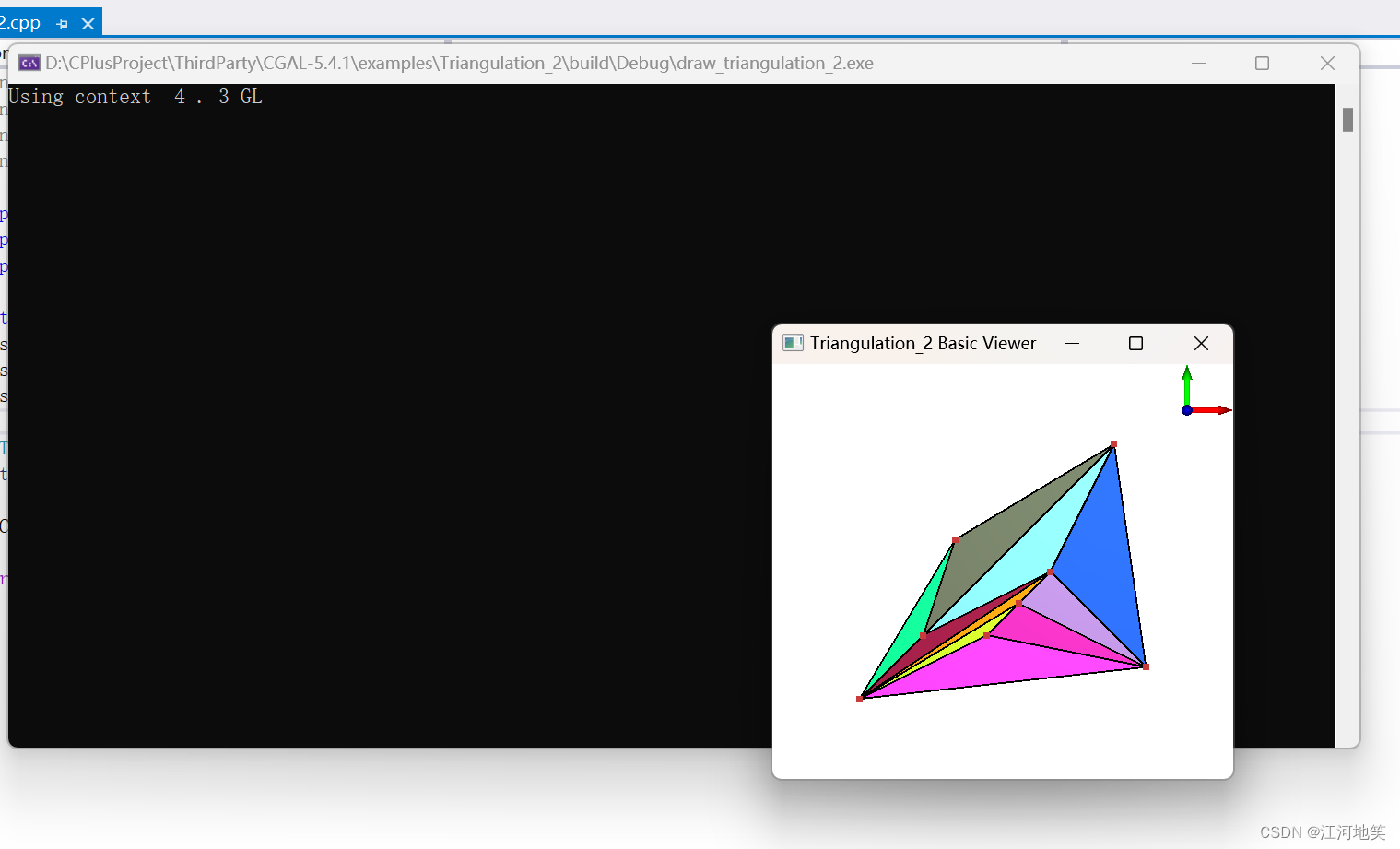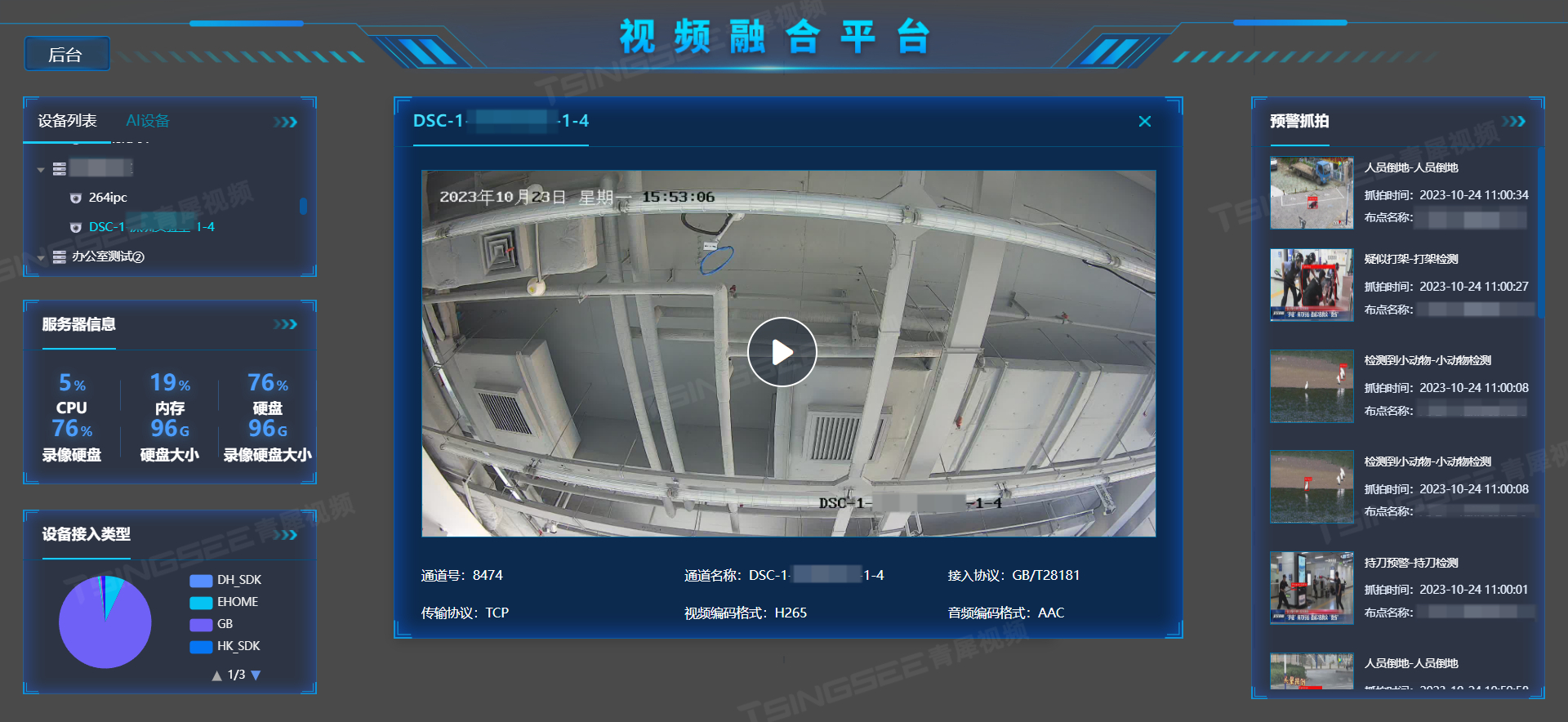目录
Eleusis Express
1,规则
2,出牌规则示例
3,中文规则
Eleusis Express
原文:Eleusis Express
1,规则
简单来说就是需要一个主持人想一个出牌规则,其他人通过出牌试探过程推理出这个出牌规则。
Eleusis Express is a card game of inductive reasoning. It is a modification of Robert Abbott’s game Eleusis.
The idea: One player has a secret rule for which cards can be played. A very easy example: each card has to be a different color from the card before it. Other players lay down cards they think fit the pattern. If a player lays down a card that works, he can try to guess the rule.
Number of players: Eleusis Express is for three to eight players. Probably best with four or five.
The stock: Shuffle together two decks to form the stock. If the stock runs out, you can (a) shuffle in another deck or (b) declare the round is over at that point.
Object: A game consists of one or more rounds (hands of play). A different player is chosen as dealer of each new round, and it is the dealer who chooses the secret rule. The dealer does not play a hand that round. His score is based on the scores of the other players.
All plays are made to a central layout that grows as the round progresses. An example is shown below. A layout consists of a horizontal mainline of correct cards, those that follow the secret rule. Below the mainline are vertical sidelines of mistake cards, those that did not follow the rule. These sideline cards can be overlapped to save space.
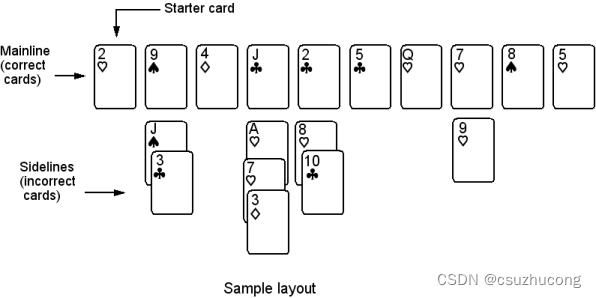
The secret rule: If your group is playing this game for the first time, the dealer should pick a rule from the section Samples of easy secret rules. Or he could make a slight variation on one of those rules. Eventually you’ll want to create new rules. Here are some guidelines: A rule should allow for several cards to be played at any given time, but not too many. “The next card must be one higher” is way too restrictive. “The next card must be a different suit” is way too permissive. Avoid exceptions or wild cards, like “face cards are always right” or “an ace can be high or low.” And remember: Whatever rule you come up with, it will always be harder than you think it will be.
Set up: The dealer writes down his secret rule, then deals twelve cards to each player. He turns over the top card and puts it on the table. This will be the start of the mainline. Before play starts, the dealer may give a hint about his rule. The player to the left of the dealer goes first, then the play continues around to the left.
Play: In his turn, a player puts one card on the table. The dealer says whether it’s correct or not. If correct, it goes to the right of the last card on the mainline. If incorrect, it goes below the last card (it either starts a sideline or it adds to a sideline). The player who makes an incorrect play must draw one card from the deck. Thus his hand remains the same size. The player making a correct play does not draw a card, so his hand is reduced by one.
Declaring No Play: A player has the option of declaring that he has no correct card to play. He shows his hand (to everyone) and the dealer says whether the player is right or not.
If the player is wrong—he could have played—the dealer chooses one correct card from his hand and puts it on the layout to the right of the last mainline card. The player keeps his hand and he must draw one card from the stock.
If the player is right—he really could not have played—and his hand is down to one card, that card is put in the stock and the round is over. If he has more than one card, the dealer counts his cards and puts them on the bottom of the stock. He then deals the player a new hand, but with one less card.
Guessing the rule: Whenever a player makes a correct play, or makes a correct declaration of no-play, he is given the right to guess the rule. Everyone must hear his guess. The dealer then says whether the player is right or wrong. If he is wrong, the game continues. If he is right, the round ends.
Scoring: If a player correctly guesses the rule, or if one player gets rid of all his cards, the hand comes to an end. The scores are now recorded. A player scores 12 points, minus 1 point for each card left in his hand. If a player correctly guessed the rule, he is given a 6-point bonus. If a player got rid of all his cards, he is given a 3-point bonus. The dealer scores the same as the highest-scoring player in the round.
However . . . if you’re not playing in the Eleusis Express National Finals, you probably should not worry too much about scoring. It is more important to put together an enjoyable game, one where players are able to discover the rules. For example, if it’s halfway through a hand and the dealer realizes that no one can figure out his rule, he could start giving out hints. That might technically be considered cheating and it would increase the dealers score, but it is okay. It will make the game much more enjoyable. And the players shouldn’t worry about discussing the rule with each other, even if they are supposed to be competing.
Ending the game: The game should last until everyone has had a chance to be dealer. Usually there’s not enough time for that, so if time runs out, that is where the game ends. Then, add up the scores for the hands and declare the winner.
2,出牌规则示例
Samples of easy secret rules:
- If the last card was red, play a black card. If the last card was black, play a red card. [In all these rules, “last card” refers to the last card accepted on the mainline or, if no card has yet been accepted, it refers to the “starter” card.]
- If the last card was a spade, play a heart; if last card was a heart, play a diamond; if last was diamond, play club; and if last was club, play a spade.
- The cards on the mainline must follow this pattern: three red cards, then three black, then three red, then three black, etc.
- If the last card is an odd-numbered card, play an even-numbered card; if the last is even, play an odd. [When numbers are involved, ace is usually 1 (odd), jack is 11 (odd), queen is 12 (even), and king is 13 (odd). This was the rule used in the round that created the sample layout above.]
- If the last card is among the cards ace to 7, play a card 8 to king. If last is among 8 to king, play ace to 7.
- Play a card with a number that is 1, 2, or 3 higher than the number of the last card. The numbers can “turn-the-corner.”
Samples of hard secret rules:
- If the last card is an odd-numbered card, play a red card. If the last card is even, play a black card.
- The card played must be the same suit or the same number as the last card.
- If the last card is black, play a card with a number that is equal to or lower than the number of the last card. If the last card is red, play a card equal to or higher than the last card.
3,中文规则
来自matrux67
这个游戏的规则极其简单,但变化也异常丰富,因为这个游戏的出牌方式是不固定的,游戏开始时玩家甚至不知道出牌的规则是什么。玩家的主要任务就是在游戏过程中探索出牌的规则。游戏需要两副牌,玩家以3到8人为宜。每轮游戏前,玩家需要推选出一位主持人,主持人在这个游戏里扮演最重要的角色。游戏开始前,主持人自己在心里默想一个出牌规则(Secret Rule),但不能告诉玩家。规则的内容应该只考虑扑克牌的花色与点数,与出牌人、牌的摆放方式等无关。这个规则必须简单、明确,通常以“如果上一张牌是什么什么,那么下一张牌就该接什么什么”一类的形式给出,比如“如果上一张牌是红色,下一张牌就是黑色;如果上一张牌是黑色,下一张牌就该是红色”,或者是“要么与前一张牌同花色,要么与前一张牌同点数”。然后主持人洗牌,给每个人发12张牌,然后再翻出一张放在桌面上作为第一张牌打出。这张牌及后面正确的跟牌都摆成一行,叫做主线(Mainline);主线下方可能会有若干边线(Sideline),表示错误的跟牌。游戏正式开始前,主持人可以对秘密规则进行一些提示,之后玩家轮流打牌,主持人判断玩家打出的牌是否符合他的规则。
如果打出的牌符合规则
此时主持人把这张牌加在主线的右边,该玩家手中的牌就少了一张。如果此时该玩家手中的牌打完了,则游戏结束,否则游戏继续进行。
另外,该玩家还可以获得一次猜测出牌规则的机会,同时每个玩家都必须听他说的答案。如果该玩家猜对了,主持人也宣布游戏结束,否则游戏继续。
如果打出的牌不符合规则
此时主持人把这张牌放在的相应的边线位置上,告诉大家这张牌不能接在这个位置。这名玩家需要再摸一张牌,手中的牌的张数不变。
轮到某位玩家出牌时,该玩家可以选择不出牌,即宣称自己无牌可打。此时他应该把手中的牌摊出来给所有人看,同时主持人判定该玩家是否确实无牌可打:
如果该玩家确实无牌可打
如果此时玩家手中只有一张牌,游戏结束。否则,主持人清点该玩家手中牌的数目N,把它们放回还没发完的牌摞的最底下,再发给他N-1张牌。同时,该玩家获得一次猜测出牌规则的机会,猜对了同样可以直接获胜。
如果该玩家有可以打的牌
此时主持人从中选出一张可以打的牌接在主线后面,该玩家收起自己其余的牌并再摸一张,保持手中的牌数不变。
游戏结束后,每个人的得分就是自己打出去的牌的张数。打完所有牌而获胜的玩家再获3分的加分,猜对规则而获胜则得到6分的加分。主持人的得分与本轮最高分相同。然后大家重新推选主持人,继续下一轮游戏。
如果牌抓完了但游戏还没结束,可以再洗一副牌继续进行,或宣布游戏结束,本轮不计分。然后,主持人阴笑几下,故弄玄虚地说出自己所想的规则,等待玩家们恍然大悟并集体发出“哎呀~~~”的叹息声(或者等待玩家大骂这规则太他妈BT了谁能想到啊)。
若干轮游戏后,最终的胜者就是累积得分最高的人。
